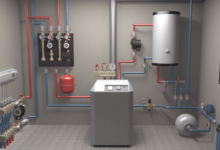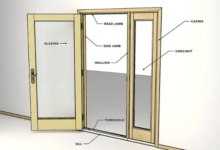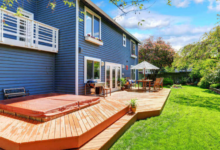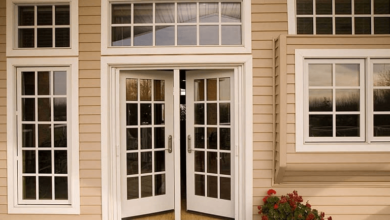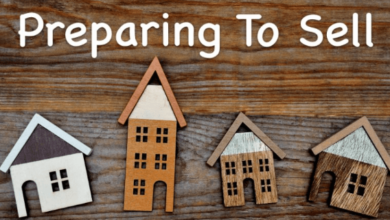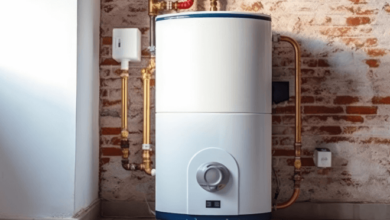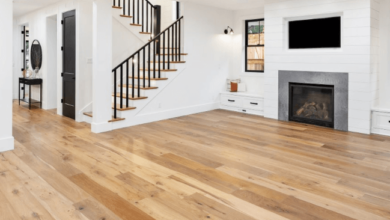“Eco-Friendly” Can Describe Your Electrical Fixtures

Lighting plays a critical role in our personal and professional lives and considerably impacts our mental wellness. Not only does how we illuminate our surroundings influence our well-being, but it can significantly affect the environment.
From the individual energy habits people practice to the type of electrical fixtures, light bulbs, and the sort of power they use determines their level of eco-consciousness.
For example, the energy a conventional incandescent bulb consumes produces roughly 10 percent into light and burns the rest as heat. LED- light-emitting diodes consume up to 90 percent less energy, but they can last for tens of thousands of hours in comparison.
How To Be More Energy Efficient with Your Electrical Fixtures
Lighting impacts not only overall well-being but can also significantly affect the environment, depending on how people use it. Nowadays, the objective for most home and business owners is to use the least energy without sacrificing a comfortable and healthy setting.
Property owners look at the electrical fixtures they choose, the light bulbs, the sort of power they source, and their personal habits with a goal of making more friendly choices. Here are some suggestions on how to be more eco-conscious with electrical fixtures.
The natural resource
Natural daylight is hands down the best source for lighting, the sun. When rising in the morning, the blinds and curtains should be pulled to expose the brilliance of free illumination. It’s not only better for the environment than using artificial lighting, but it’s also healthy for the mind, body, and spirit.
If you’re building a new home or remodeling your existing house, add some skylights and ensure plenty of windows face south (possibly north depending on your location) to take advantage of the direct sunlight.
Learn tips for lighting your home by visiting https://greenlivingguy.com/2022/02/tips-to-go-green-with-your-light-fixtures.
The LED bulb
LEDs- light-emitting diodes allow highly efficient lighting with extended longevity. The bulbs are becoming more prevalent and favored on the market as the cost continues to come down, albeit still considerably more than other options. The investment is worthwhile considering the benefits.
LEDs have the potential to last as long as 100,000 hours with a reduction of roughly 90 percent in energy consumption.
Recycled materials
A primary component of an eco-friendly lighting system is searching for items that are recycled, repurposed, or naturally made. Natural materials would include wood or cloth, while recycled items can be glass, metal, or plastic.
In this vein, it’s essential to dispose of light bulbs in a manner that these can be recycled if possible. Some, including fluorescent bulbs, have distinct disposal guidelines to follow. They can’t be tossed in a standard garbage bin since they contain a trace amount of mercury.
Mercury is not known to be in LED bulbs, but proper disposal is still being determined. Before tossing bulbs in the bin, contact a local recycling facility to learn the guidelines.
Turn the lights off
Lights should be turned off in rooms that are not being used. Some homes are set up with timers and motion sensors to make it simple to develop this habit. You can have rooms set up to switch the lighting on when someone enters the space and turn off when leaving the room.
Smaller fixtures like reading lamps or accent lighting can be used throughout the house to avoid using more energy than necessary. A small overhead light will allow you to read before falling asleep with minimal energy usage. View here for ideas for more sustainable home lighting.
The power strips
Power adaptors are often used to plug in lamps or light fixtures with an easy turn-off switch. The downside is that they stay warm despite devices being turned off.
The strip is constantly pulling energy from the wall. Unless you turn the switch off, the ideal way to avoid wasted electricity is to unplug the adaptor when it’s not being used. Another option is to invest in “smart” power strips. These automatically recognize when devices are not in use.
Your power source
A recommendation from more electric utilities for homeowners to contribute to eco-conscious lighting is to invest in “green power.” When receiving your monthly utility bill, the companies offer this option on the invoice.
This will mean investing slightly more each month; however, the return will be supporting energy from renewable resources in the grid, like solar power and wind. Check your monthly invoice or contact your utility carrier to find out if this is available in your location.
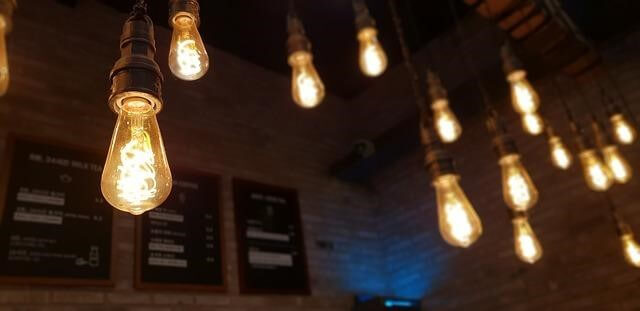
Final Thought
A priority for homeowners when building a home or remodeling an existing house is to incorporate eco-friendly electrical fixtures and ensure that their energy habits follow an environmentally friendly pattern.
There’s a vast range of options for keeping lighting “green,” including reaching out to your local power source to see what they’re doing to make the electrical grid more friendly.

